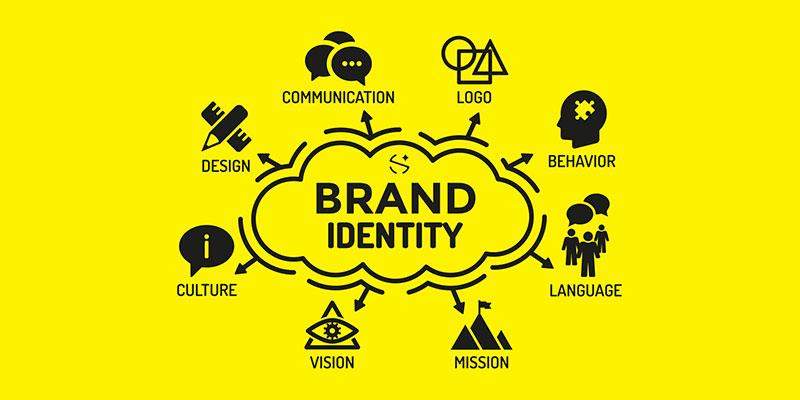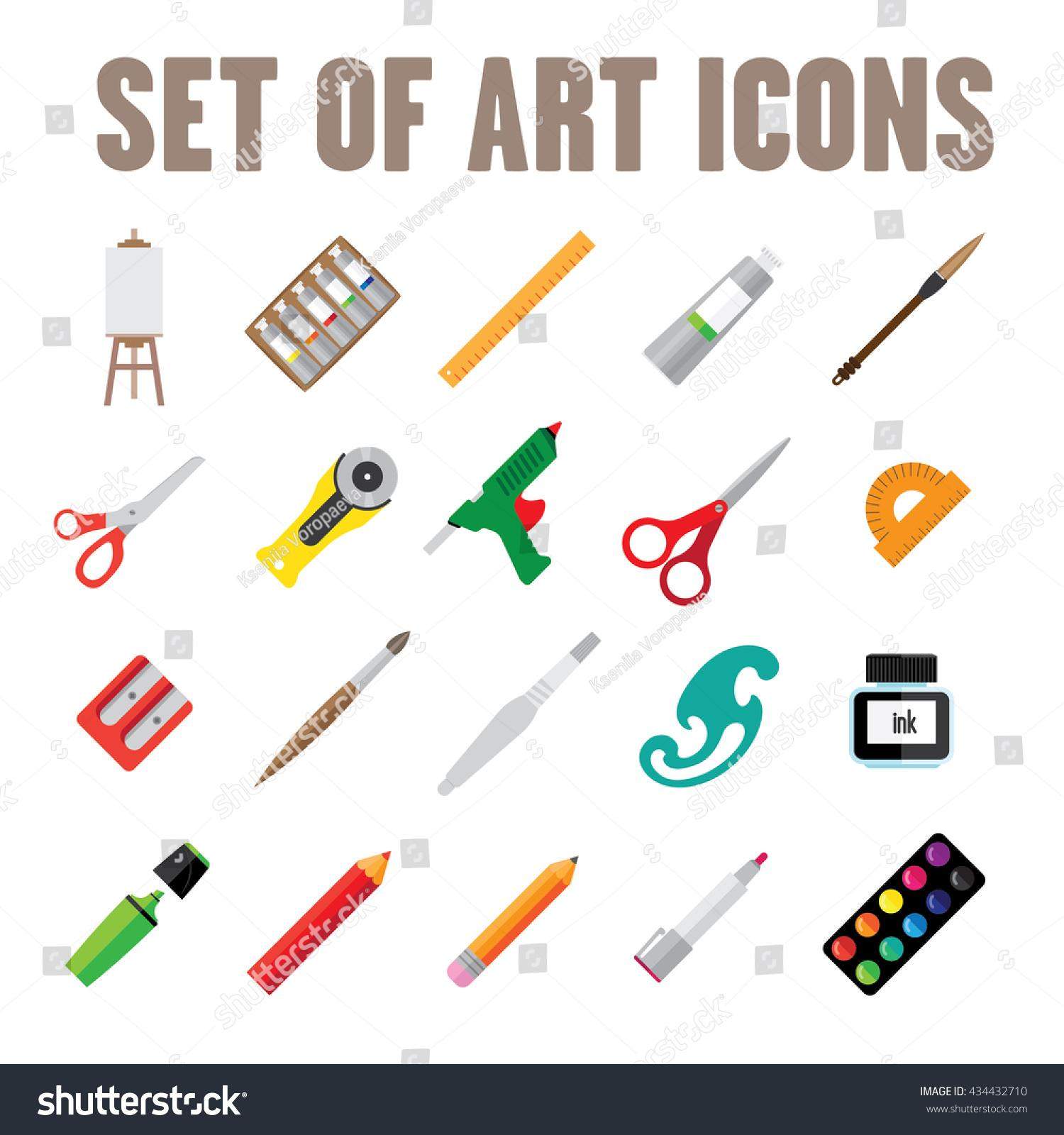Master Your Brand: 5 Essential Steps for Content Strategy
In today’s digital landscape, where every click, share, and like can shape your brand’s narrative, having a robust content strategy is more crucial than ever. Whether you’re a seasoned marketer or just starting your journey, mastering the art of content strategy is essential for building a cohesive brand identity that resonates with your audience. In this listicle, we’ll explore five essential steps that will empower you to refine your approach to content creation and distribution. From identifying your target audience to establishing a consistent voice across platforms, you’ll gain valuable insights and practical tips that can elevate your brand’s presence online. Get ready to transform your content strategy and watch your brand flourish!
1) Define Your Brand Identity: Discover what sets your brand apart by clearly outlining your mission, vision, and values. This foundational understanding will guide your content and ensure consistency across all platforms
Understanding your brand identity is essential in crafting a content strategy that resonates with your audience. Begin by articulating your mission, which encapsulates the purpose of your brand. Ask yourself what problems your brand solves or what needs it fulfills. Next, envision the vision—where do you see your brand in the next five or ten years? This long-term perspective not only motivates your team but also aligns your content with future aspirations. Lastly, identifying your values sets the tone for your interactions and decisions, shaping the personality of your brand. Choose values that reflect who you are, such as integrity, innovation, or community engagement.
With a clear understanding of these components, you can create a cohesive narrative that resonates across all your platforms. Consider the following elements to ensure your brand voice remains consistent:
- Visual Identity: Colors, logos, and typography that reflect your brand’s personality.
- Tone of Voice: The style in which you communicate; should it be professional, casual, or playful?
- Message Consistency: Ensure that your mission, vision, and values are reflected in every piece of content.
This foundation will not only differentiate you from competitors but also foster trust and loyalty with your audience, making every piece of content a true reflection of who you are.

2) Know Your Audience: Conduct thorough research to identify your target audiences demographics, interests, and pain points. Crafting detailed buyer personas will help tailor your content to resonate with those you want to engage
Understanding your audience is the cornerstone of a successful content strategy. Dive deep into the demographics of your target market by collecting data on their age, gender, location, and income levels. Additionally, look into their interests, such as hobbies, preferred media platforms, and purchasing behaviors. By gathering this information, you can create rich, detailed buyer personas that serve as a guide for crafting engaging content that speaks directly to their needs. Consider addressing aspects like:
- Challenges: What pain points do they face?
- Aspirations: What goals or dreams motivate them?
- Preferences: What type of content do they engage with most?
Once you’ve identified your target audience, create a structured overview to visualize these insights. A simple table can help you map out essential elements of your buyer personas, including their motivations and preferred communication channels. This organized approach allows for a robust content strategy that resonates:
| Persona | Demographics | Interests | Pain Points |
|---|---|---|---|
| Young Professional | 25-35 years, Urban | Technology, Fitness | Work-life balance |
| Stay-at-Home Parent | 30-45 years, Suburban | Parenting, DIY | Lack of personal time |
| Retiree | 60+ years | Travel, Gardening | Health concerns |

3) Establish Clear Goals: Set specific and measurable objectives for your content strategy, whether its increasing brand awareness, generating leads, or improving customer engagement. These goals will serve as a roadmap, allowing you to track your progress effectively
Setting specific and measurable objectives is your first step towards turning your content strategy into a powerful tool for growth. Start by identifying what you truly want to achieve. Whether it’s capturing more leads, enhancing engagement metrics, or simply elevating brand awareness, clarity is crucial. Without clear goals, it’s easy to get lost in the vast world of content creation. Instead, develop a list of priorities that align with your overall business strategy. Think SMART—Specific, Measurable, Achievable, Relevant, and Time-bound—as this approach will guide your content efforts effectively.
To facilitate tracking your progress, consider organizing your objectives into a simple table, focusing on key metrics and their respective timelines. This not only serves as a reference point but also boosts accountability within your team. Here’s an example for a clearer understanding:
| Objective | Key Metric | Timeline |
|---|---|---|
| Increase Brand Awareness | Social Media Followers | 6 Months |
| Generate Leads | Newsletter Sign-ups | 3 Months |
| Improve Customer Engagement | Content Shares | Quarterly |
By laying out these goals in a structured manner, you can continuously evaluate and adjust your content strategy based on what works. Remember, each objective acts as a waypoint, guiding you through your content journey and ensuring that every piece of content contributes meaningfully to your brand’s growth.

4) Create a Content Calendar: Plan your content in advance by developing a calendar that outlines topics, formats, and publishing dates. This organized approach will help maintain a consistent flow of content and ensure timely delivery of information that aligns with your brands objectives
Establishing a content calendar serves as the backbone of your brand’s content strategy, ensuring that you consistently deliver valuable information to your audience. Begin by mapping out your content across various formats, such as blog posts, videos, social media updates, and infographics. This multi-faceted approach allows you to cater to different audience preferences, increasing engagement and retention. Utilize tools like Google Calendar or Trello to visualize your content schedule, making it easier to track deadlines and manage resources.
When organizing your calendar, consider creating sections for topic ideas, target audience, keywords, and publishing dates. This level of detail helps refine your content goals and align them with your brand’s objectives. A simple table can be created to streamline this process:
| Content Topic | Format | Target Audience | Publish Date |
|---|---|---|---|
| 10 Tips for Effective Marketing | Blog Post | Small Business Owners | June 15 |
| Social Media Trends | Video | Digital Marketers | June 22 |
| The Power of Visual Content | Infographic | Content Creators | June 29 |
Wrapping Up
As we draw the curtain on our exploration of “Master Your Brand: 5 Essential Steps for Content Strategy,” we hope you feel equipped to embark on your journey toward crafting a compelling and cohesive brand narrative. Each step we’ve covered offers a building block, laying the foundation for connection, authenticity, and growth. Remember, the world of content is ever-changing, but with a clear strategy, your brand can thrive amidst the noise.
It’s time to take these insights and infuse them into your creative process. Embrace experimentation, learn from feedback, and most importantly, stay true to your vision. With dedication and a strategic approach, you’ll not only master your brand but also resonate with your audience in meaningful ways.
So go forth, pen your story, and make your mark! The world is waiting to hear what you have to say.




